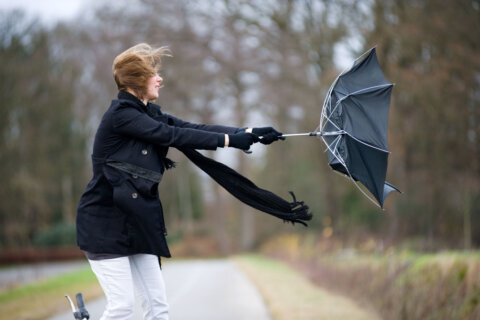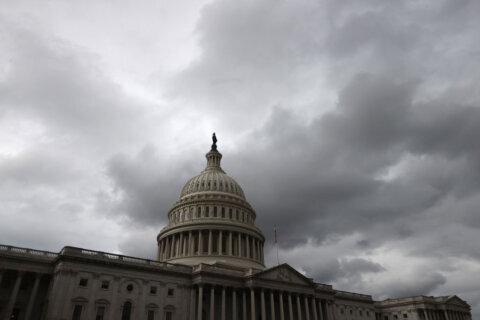WASHINGTON — Last week, Washington re-learned the hard way that a snowstorm’s societal impact cannot be measured in inches. History has proven that it is not the biggest storms, but those that produce their heaviest snow during rush hours, that are the most disruptive to ground travel.
Forecasts called for hazardous weather during the Tuesday, January 6 morning commute. Still, the mid-morning burst of heavy snow left countless drivers idling in hours-long delays. Backups spilled into intersections, back-built onto ramps and became intertwined until the majority of the region’s road network had seized.
Similar transportation debacles in past Washington winters resulted from the same part and parcel — snow accumulation rates in excess of one inch per hour during peak travel periods. Curiously, all of the most recent of these wintry travel nightmares have occurred on Tuesdays or Wednesdays.
The Carmageddon Snowstorm of January 26, 2011
A snowstorm raced toward Washington from southwest to northeast on Wednesday, January 26, 2011. Heavy thundersleet and thundersnow overtook the region during the mid-afternoon. Federal workers were released two hours early, causing an early uptick in traffic volumes, coincident with the heaviest snowfall. Commuters reported sitting in traffic for over six hours. Some drivers were stranded on the George Washington Parkway into the early morning hours.
The Ice Storm of February 12, 2008
An afternoon drive through Northern Virginia on February 12, 2008 turned into an hours-long ordeal for thousands of commuters when roads began icing over. While freezing rain overspread a widespread portion of the metro area, the ice storm is widely remembered for the botched response by road crews on the Beltway near the Springfield Interchange.
The heaviest precipitation prompted the issuance of an ice storm warning in Northern Virginia when ice began accumulating rapidly on roads by early afternoon. Hundreds of accidents were reported on the Beltway, I-395 and I-95.
Surprise Nor’Easter of January 25, 2000
Early morning drivers on Tuesday, January 25, 2000 were ambushed by a surprise snowstorm. Although most schools had cancelled classes by the start of the rush hour, many people ventured onto the roads unaware that the forecast had drastically changed overnight. The storm, initially expected to veer south of Washington, took direct aim on the East Coast Megalopolis producing widespread snowfall during the mid-morning hours.
Surprise Snowstorm of March 9, 1999
The Tuesday, March 9, 1999 afternoon commute was a traumatic experience for many throughout Washington when a poorly-forecast storm quadrupled snowfall predictions. The storm dropped its heaviest snow at the height of the afternoon commute. Snowfall rates exceeded two inches per hour. Gridlock rippled throughout the city and suburbs as public schools and the federal government shut down early, sending torrents of students, parents and workers onto snow-packed roads.
The Veterans Day Snowstorm of November 11, 1987
Even 28 years isn’t long enough to erase the painful memories from the traffic nightmares on Veteran’s Day in 1987. Extreme backups formed when a surprise snowstorm with heavy thunder and lightning blindsided commuters during the afternoon. Snowfall rates over three inches per hour left countless drivers stranded on area highways — some spent the night in their vehicles.
Follow @WTOP on Twitter and WTOP on Facebook.








